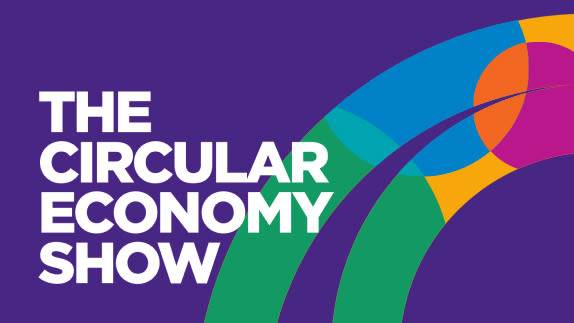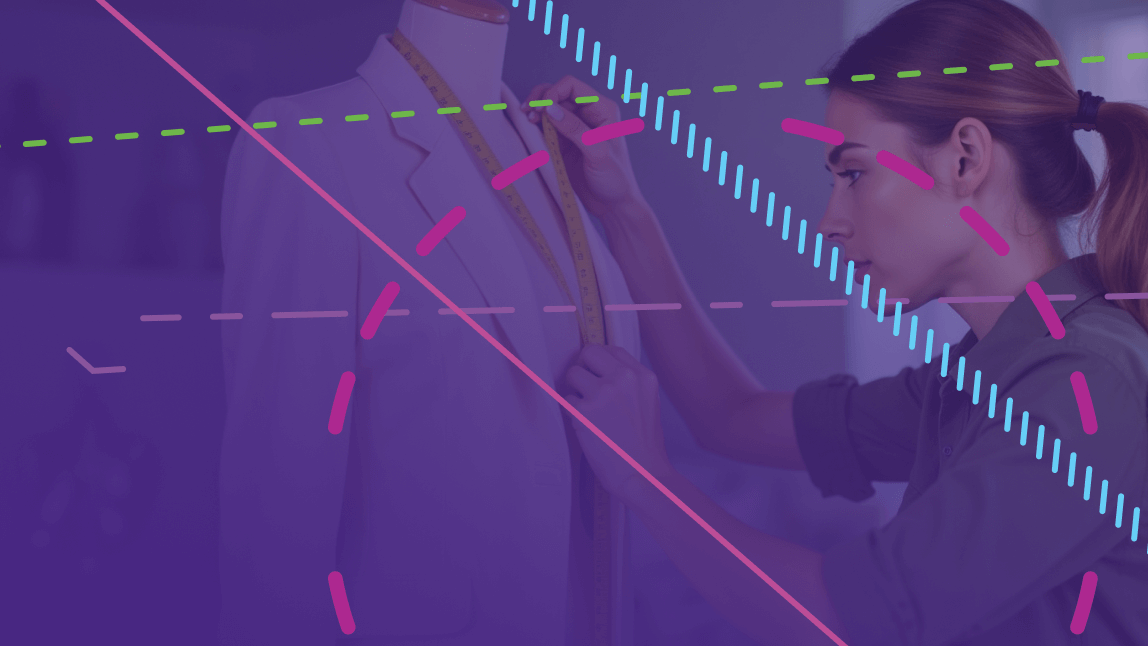This page is part of a guide on scaling circular business models in fashion. The insights here have been developed from analysis of the fashion sector, but will be relevant to other sectors.
Circular business models can drive business resilience and create financial value across customer, resilience, and climate, as part of making the case that circular business models deliver financial benefits to your business.

Customer
Circular business models offer an opportunity to diversify the relationship with the customer, improving customer loyalty, engagement, and acquisition.
Customer trends are changing to reflect greater engagement with circular business models. In 2024, the resale market grew eight times faster than the broader retail clothing sector. Businesses are already capitalising on circular business models as an opportunity to tap into new customer bases, such as catering to customers purchasing products at a lower price point.
To create thriving circular business models, the relationship with the customer changes, increasing interaction and offering greater diversity of touchpoints, across both new and preloved fashion. Businesses have the opportunity to rethink their customer experiences, designing touchpoints and experiences beyond a single product sale.
Arc’teryx: ReBIRD, Arc’teryx’s platform for circular services, has doubled its business year-on-year. Offering resale alongside product care and repairrepairOperation by which a faulty or broken product or component is returned back to a usable state to fulfil its intended use., ReBIRD is building brand loyalty. Customers can visit ReBIRD Service Centres in stores to assess, wash or repair their product, keeping gear in play and out of landfill. Resale is also bringing new, younger and more sustainably-minded customers into the brand, offering unique and vintage styles at a lower price point.

"Resale is happening today, but is dominated by peer-to-peer platforms, which control how the brand's product is presented. There is a fantastic opportunity for fashion brands and retailers to shift this control back, including by creating their own marketplace to present their inventory, where the end user enjoys the benefit of purchasing from a trusted place to ensure authenticity."
Andrew Rough, CEO, ACS Clothing


Resilience
Circular business models present an opportunity to mitigate the evolving risks of business-as-usual.
Businesses often prioritise the stability of the linear model: a model built to operate with identical products, stocked in bulk, with well-established economies of scale. Yet, the landscape in which businesses operate is evolving. Supply chain disruption has increased in the past five years, and investors are increasingly signalling concerns across top-cited business risks.
Keeping products in use via circular business models can displace the need for new production, reducing the negative impacts on biodiversity and climate associated with virgin fibre production, processing, and disposal. The risk mitigation associated with circular business models can be directly tied to the business case. Today, many businesses describe risks more qualitatively, while others are beginning to dive into the quantification of those risks and how they might relate to regulatory change and market dynamics.

"Circular business models offer an opportunity to rethink legacy industry norms that contribute to labour rights issues and associated risks for companies. Devising new models presents new opportunities in how buyers work with and share risk and revenue with suppliers, in ways that can improve conditions and livelihoods for workers"
Cliodhnagh Conlon, Director, Consumer Sectors, BSR.
Read more at: BSR, Keeping Workers in the Loop (2021).

Climate
Incorporating climate metrics in the business case showcases that circular business models can generate revenue and demonstrate progress on existing climate ambitions.
70% of C-suite-level decision makers expect climate change to significantly impact strategies and operations over the next three years. At the same time, over 500 textiles, apparel, and footwear companies have set science-based targets or commitments as part of the Science-Based Targets initiative (SBTi). Fashion companies have also joined the United Nations’ Fashion Industry Charter for Climate Action, towards net zero by 2050. Circular business models offer an opportunity to successfully deliver on those ambitions, to mitigate climate risks and absorb current low margins by alleviating pressures on upstream decarbonisation.
Find out more about making the case that circular business models help meet climate ambitions.
Vestiaire Collective: In Vestiaire Collective's words, "vintage is having a moment". One in three buyers use Vestiaire Collective to source unique, hard-to-find items, with almost a quarter of a million searches for vintage in 2023 (+40% year-on-year). Focusing on resale, Vestiaire Collective's business continues to grow, all while profit growth is decoupled from resource use. Extending the life of an item, by buying pre-loved styles on Vestiaire Collective, the environmental footprint can be reduced by 90%. In 2023, for the first time, Vestiaire Collective reduced carbon intensity as well as absolute emissions by 6%. The steps taken to reduce absolute emissions while experiencing business growth included: prioritising local transactions, opting for road over air travel, and promoting direct shipping from customer to customer.










